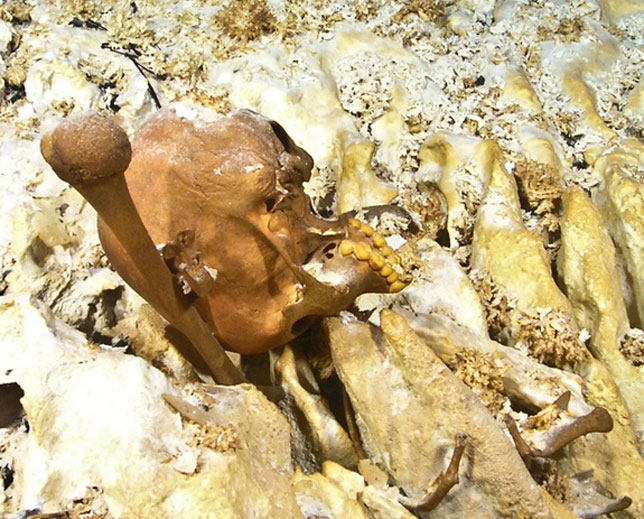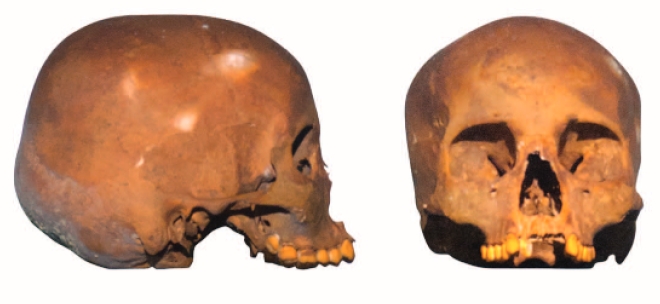Forensic Case Files: 13,000 Year Old Skeleton Shines Light on the Geographic Origins of North American Peoples
/
An article last week in the journal Science revealed the discovery of a 12,000 year old skeleton in Mexico, one of the oldest human remains discovered in North America. The article made a big splash on campus at McMaster University as one of the researchers, Ed Reinhardt, is a Geography and Earth Sciences professor here.
Twelve thousand years ago, much of North America was covered by glaciers. But Mexico was free of the glaciers’ icy hold, making it a suitable habitat for some of North America’s indigenous people. One particular group settled on the coast of what is now known as the Yucatan peninsula.
What happened that one day so many millennia is clear; CSI couldn’t have put it together better. A teenaged girl of 15 or 16 years of age was exploring a subterranean cave, perhaps with only the light of a torch, probably searching for fresh water. When the ground suddenly fell away beneath her feet, she fell more than 160 feet to her death. It was an all-too-common mistake—her remains were found mixed with those of a saber tooth tiger, a giant ground sloth, a bobcat, a coyote, and a gomphothere (an elephant-like creature, extinct for approximately 9,000 years).
As the glaciers receded, and the sea levels rose, the cave system filled with salt water, entombing those lost in the dark below. But science recently discovered the cave systems and experienced divers, Dr. Reinhardt among them, retrieved the girl’s remains. The girl, christened Naia by the team, was determined to have lived between 12,600 and 12,900 years ago not only by her own remains, but also by the rocks and sediment recovered around her.
The most fascinating data to come from the study of this young woman concerns her heritage. Researchers extracted ancient tooth pulp from one of her molars (in a similar method as used to identify the plague from Black Death victims) to profile her mitochondrial DNA. Researchers discovered that Naia was not only related to modern North American aboriginal peoples, but also to the Siberian-based population from which is it believed that all indigenous North Americans arose.

The shape of Naia’s skull is distinctly different from modern North American aboriginals, indicating that while the their common ancestors crossed the narrow land bridge to North America, traveling between North America’s dual glaciers to settled in Central America, genetically, the two peoples evolved different phenotypic characteristics afterward.
Scientists are now attempting to sequence Naia’s entire genome to discover what other genetic connections this long lost girl might reveal to modern man.
Photo credit: Roberto Chavez Arce and Science



 COMPLETE!
COMPLETE! Planning
Planning